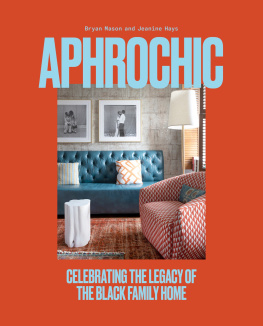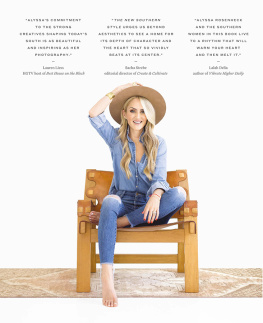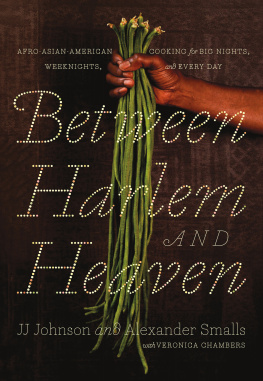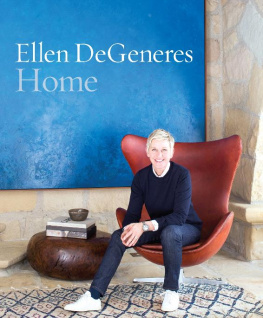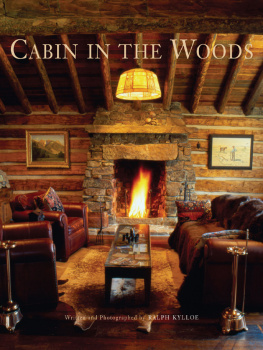Contents
Landmarks
Print Page List
ACKNOWLEDGMENTS
When we sat down to write the acknowledgments for this second book, we realized that we had so many people to thank. So many people who believed in this work. So many who opened their homes and shared their stories. So many who wanted to be part of something special and who made this book special with their generosity and sheer authenticity. And honestly, thank you feels like two words that are too small to show our appreciation to all who helped make this book a reality.
To the homeowners, you took an incredible journey with us. We reached out to so many of you early on in the pandemic. In a time of uncertainty, you didnt blink when we told you what this book was about and how we wanted to present you in it. From Hawaii to Berlin, you allowed us into your homes and you shared with us the story of your life. Over Zoom you shared with us the intimate stories of where you grew up, but more important, how you grew up. You shared the stories of your families, their struggles, and their triumphs. And each story that you told us became its own ethnography, a beautiful study of Black life and Black history. We thank you for being so open. For trusting us with your story. For allowing us to share it here. And we are forever grateful that you allowed us to come into your home during this era of pandemic and opened your hearts to us so we could capture these beautiful and deeply personal images. We know that for each homeowner, this was not easy. But you were each so gracious.
To our editor, Angelin Borsics, you believed in this book from the moment we shared the idea with you. We wanted to write something different: an interiors book, that was equal parts inspirational and historical. We knew that was not an easy task. We thank you for pushing us when we needed pushing. And for giving us the space to write the book weve dreamed of writing. It has been a joy to collaborate with you on our second book together and to create something that is more than a beautiful object, but also a beautiful story thats long needed to be told.
And to the other members of the Potter team: Robert Diaz, we thank you for bringing our images and words to life with such vibrant, creative design for this book and gorgeous typography. Abby Oladipo, we cant thank you enough for your work, overseeing the copyediting and proofreading of this book with such grace and finesse. And to Phil Leung, we thank you for ensuring that this book was printed beautifully.
To our agent, Kim Perel, and the Irene Goodman Literary Agency, we thank you for your excitement and enthusiasm for this book. For recognizing immediately that it was a book that needed to be made. For embracing the vision from the start and helping us to fine-tune it to make this book a reality. For helping us to bring the vision to our publisher and now to this incredible community who will dive deeply into this book, and be inspired by the imagery and stories of these incredible homeowners and the legacy of the Black family home.
To our photographer, Patrick Cline. Its impossible to let you know how truly grateful we are to know you, to have worked with you for over a decade, and to now collaborate again on our second book. One of our dearest friends, there is no one we trusted more to capture the families, their interiors, and to bring their stories to life through photography, than you. You embraced this project fully, making solo trips around the country to capture each image. We knew we could trust you implicitly and we were not wrong. The images in this book are not only breathtaking, but they show Black life in a way that we havent seen before in an interiors bookauthentic, relaxed, regal, effortless, real. Now that youre gone, we dedicate this book to your memory and the memory of all the times we shared. Were so happy that this book will be a lasting part of your legacy. We will miss you.
To our brand manager, Cheminne Taylor-Smith, this book would not have even been thought of if it were not for you. You listened to the family stories that we would tell. The stories of generations before us and how we were working to preserve homes within our family. You listened and you saw something bigger. You saw that these were stories that needed to be told on a larger scale. And you believed that we were the ones to tell them. Thank you for always seeing and encouraging us. Youve helped us grow immensely through the years, helping us embrace our unique voices and perspectives to create a brand that is truly a reflection of the two of us. We thank you for assisting us in identifying families for this book, for taking the time to review and edit along with us. And for always being a sounding board when we needed it and a voice of comfort in challenging times.
And to Charlotte Makhar, Emily Benazzi, and Liz Pezzotta, who helped us find our way to our first home.
There were also some incredibly generous brands that we collaborated with to style some of the interior spaces for this book. They immediately embraced our focus on the Black family home and how their pieces would help tell an important story. We worked with several heritage and artisan brands to bring some of the spaces to life in a way that was sustainable and that supported the purpose of this book. Wed like to thank Bernhardt, Kohler, The Shade Store, Resource Furniture, Perigold, Cambria, Fisher & Paykel, Farrow & Ball, Mitzi, Pottery Barn, Article, and Tuft & Needle for their partnership.
Finally to our familiesthank you. We grew up in Pennsylvania in families where home was always there: Mom-Moms house, Grandmom and Pop-Pops house, Nanas house, Aunt Laines house, The House. We know the road was filled with challenges. We know that keeping homes for us to grow up in, play in, make new memories in, was not easy. We know that there was a mountain of discrimination you overcame. And we thank you for your resilience. Because of you, we always knew what home was. In those homes, you instilled so much in us and gave us the vision for this book. Because of you, we hope to help others find home as well.
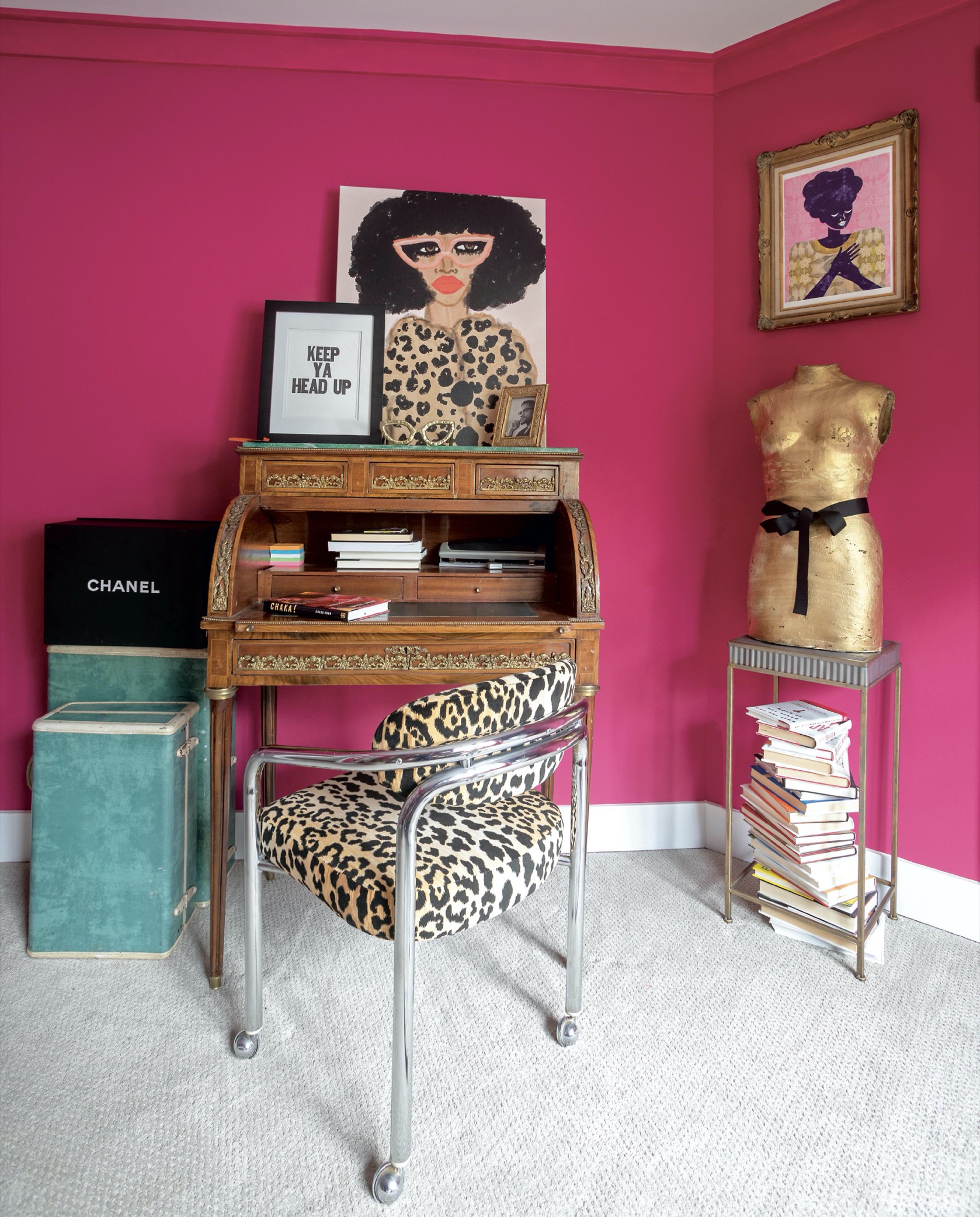
In Shawna Freemans home office, leopard print and magenta walls dominate. The painting atop the antique desk, by Kendra Dandy, brings the pattern and color scheme together.
SELECTED BIBLIOGRAPHY
Bhutta, Neil, Andrew C. Chang, Lisa J. Dettling, Joanne W. Hsu, and Julia Hewitt. Disparities in Wealth by Race and Ethnicity in the 2019 Survey of Consumer Finances. Board of Governors of the Federal Reserve System. Last modified September 28, 2020, https://www.federalreserve.gov/econres/notes/feds-notes/disparities-in-wealth-by-race-and-ethnicity-in-the-2019-survey-of-consumer-finances-20200928.htm.
Blackmon, Douglass A. Slavery by Another Name: The Re-Enslavement of Black Americans from the Civil War to World War II. New York: Anchor, 2008.
Blakemore, Erin. How the GI Bills Promise Was Denied to a Million Black WWII Veterans. History.com. Last updated April 20, 2021, https://www.history.com/news/gi-bill-black-wwii-veterans-benefits.
Brooks, Rodney A., More than half of Black-owned businesses may not survive COVID-19. National Geographic. Last modified July 17, 2020, https://www.nationalgeographic.com/history/article/black-owned-businesses-may-not-survive-covid-19.
Centers for Disease Control and Prevention. Risk for COVID-19 Infection, Hospitalization, and Death by Race/Ethnicity. Centers for Disease Control and Prevention. Last modified March 10, 2022, https://www.cdc.gov/coronavirus/2019-ncov/covid-data/investigations-discovery/hospitalization-death-by-race-ethnicity.html.

